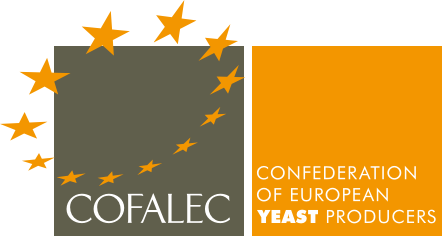Yeast is proving to be a powerful ally in meeting the challenges of the global transition to sustainable agriculture. Yeast has been used to:
– reduce agriculture’s dependence on chemical products.
– provide a beneficial alternative to the use of antibiotics in livestock.
– provide alternative sources of non-meat protein with a lower carbon footprint.
New ranges of bio-nutrition and biostimulation products based on yeasts and other microorganisms have been developed to improve plant growth conditions and increase agronomic performance while also reducing production costs.
These microorganisms operate through three types of actions:
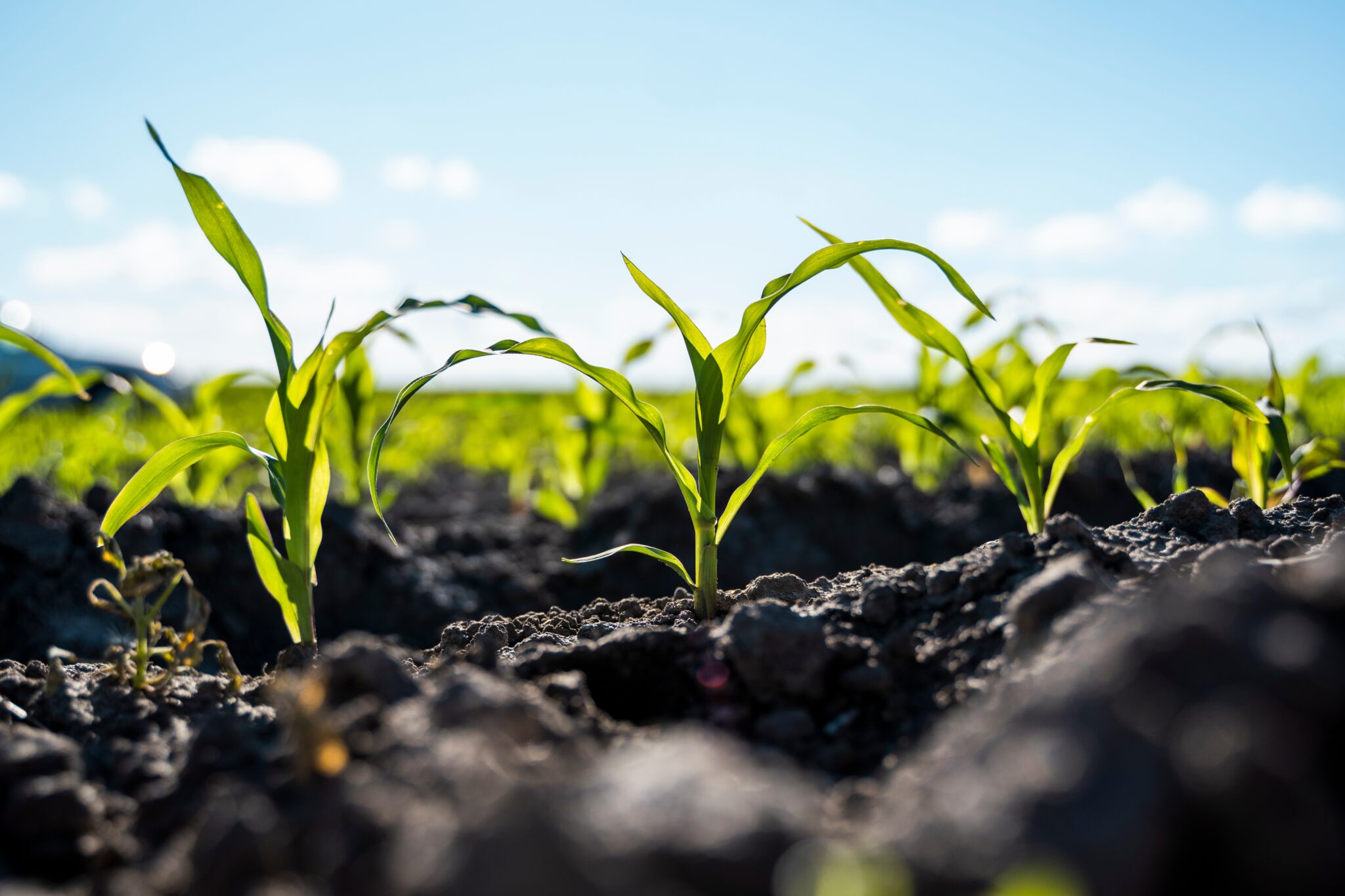
Bio-nutrition and bio-stimulation products enhance soil fertility and plant resistance to various stresses. They can be applied directly to the soil or via irrigation water. They can be used in field crops and specialized crops (vines, market gardening, horticulture, etc.) in both conventional and organic farming.
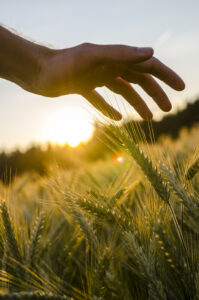
Yeasts also protect plant health by serving as excellent natural bio-fungicides. The principle of biocontrol is based on managing the balance of pest populations rather than eradicating them.
Different yeast strains have been selected and developed to act preventively by spatial and nutrient competition against the occurrence of fungal diseases such as botrytis, powdery mildew and downy mildew. Their ability to grow quickly and survive in a wide range of environments makes them effective in combating the spread of these diseases.
Added to the soil or used as a foliar application on various crops, these natural agents are safe for humans and the environment.
These solutions require marketing authorisation like any other chemical biocontrol product.
These new uses as biofertilizers, biostimulants and bio-fungicides allow yeast to considerably reduce the use of chemical fertilizers and pesticides. In this way, they help to protect the soil against pollution.
Antibiotic resistance, linked to the excessive use of these drugs in livestock, is a serious threat to human health.
Yeasts can be used as a probiotic to boost animals’ immune systems and gut health, thereby enabling a significant reduction in the use of antibiotics. They act on the digestibility of feed and the reduction of animal stress, while optimizing growth potential.
They are used as feed additives to protect the microbial communities in the digestive tracts of monogastric and ruminant animals, and to regulate ruminal pH and reduce the risk of acidosis.
The most commonly used yeast species in the animal feed industry is Saccharomyces cerevisiae. Other strains are also being studied for their effectiveness in reducing contaminants in animal feed.
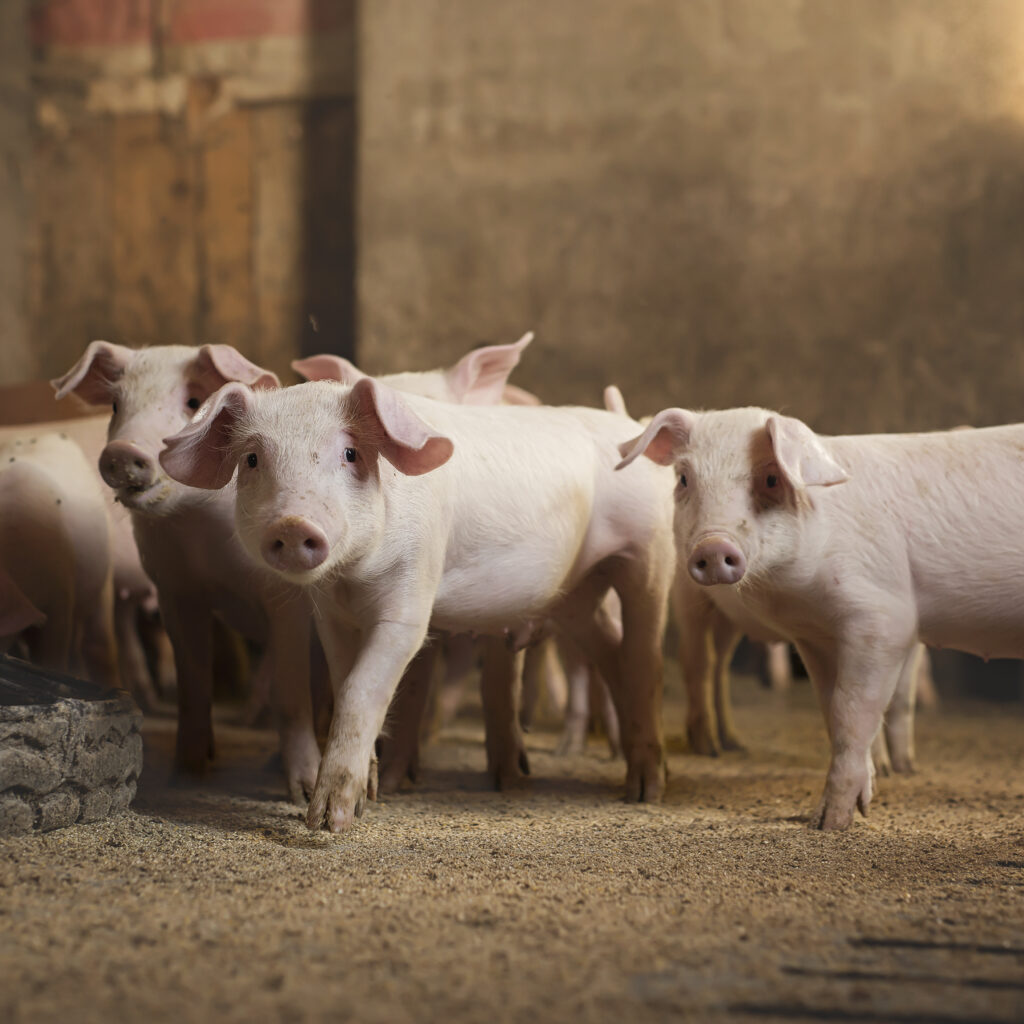
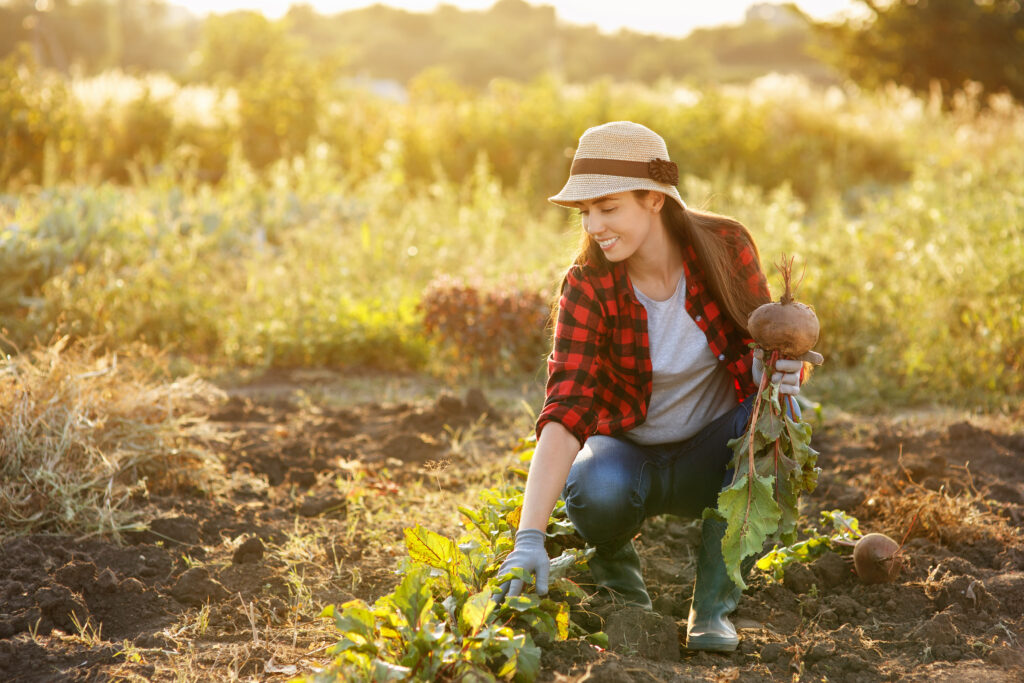
At the end of the industrial yeast production process, the molasses and sugar syrup substrates used to grow the yeast are full of valuable nutrients. In a circular economy dynamic, these substrates are recovered by yeast producers in the form of livestock feed and biofertilizers rich in potassium.
